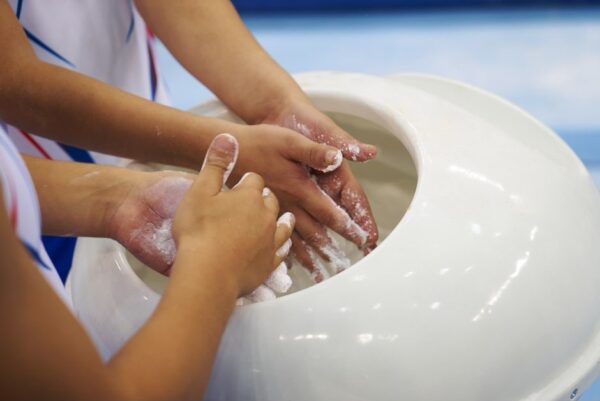
Physical Therapist Dr. Ezara Greene on the dos and don’ts of rip care in gymnastics.
Gymnasts! How do you look after those pesky rips? Yes, they can be hard to avoid, and are almost a rite of passage in gymnastics, but what are the correct steps to take when you get one? There are definitely exceptions to the rule, but here are some of the basics on what to keep your eye out for when it comes to rip/wound care.
First, let’s go over signs and symptoms of an infection:
- A wound that is healing normally is bright, beefy red.
- A wound that is not healing normally may be dark in color with red streaks running through it.
Call your healthcare provider immediately at the first sign of infection:
- There is yellow, yellow-green, or foul-smelling drainage coming from the wound
- There is more pain, swelling, or redness in or near/around the wound
- There is a change in the color or size of the wound
- There are red streaks in the skin around the wound
- You are running a fever
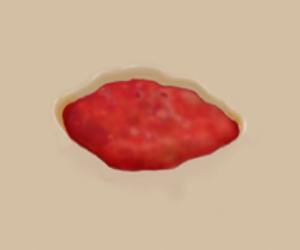

Normal healing wounds are bright, beefy red. A wound that is not healing normally may be dark in color with red streaks running through it.
Picture credit: saintlukeskc.org
Next, there are two words we need to define: Desiccation and Maceration. With Desiccation think Dry. With Maceration think Moist (I know, that word is cringe worthy! But that is the definition-oh well!).
- Example of Desiccation: There will be dry edges, the center of rip turns brownish color. The outside is really dry and hard. There may even be a crack through this wound.
- Example of Maceration: The edges are turning white. Sometimes the edges appear “pruney”. This happens when you apply copious amounts of Neosporin, or cream/lotions and then keep it wrapped up all day long. This won’t allow the wound to heal. Keeping it too wet will actually destroy more of the surrounding tissue. Then if you go and jump up on the bars or rings, the skin will tear even more making the rip bigger-ouch!
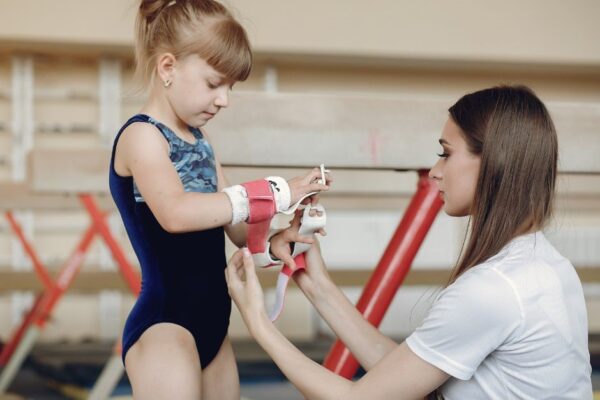
So here’s the goal: Keep the wound looking between the two types listed above. How do you do this?
1. Clean the wound with soap and water immediately after the rip happens, and keep it clean.
2. Keep the wound covered and put some Neosporin on it, but also let it air out for a couple hours (maybe even overnight).
3. Let the wound heal within its time frame: 2-4 weeks is how long it takes skin to heal, depending on how big the rip is.
Avoid rips: How do you do this?
Make sure you don’t get HUGE calluses on your hands. The huge calluses will cause a huge rip.
“But I thought calluses were good to help with gripping on the bar and diminish pain?”
You aren’t wrong, calluses definitely serve a purpose and are helpful with gripping the bars or rings, and with reducing pain with swinging on bars and rings. However we want to keep the calluses at bay, so we need to maintain them. Meaning don’t let them get huge. Take care of them. Use a nail file, sand paper, pumice stones to keep calluses small and to gently remove the skin.
Don’t use lotion: it will only soften callus, so it will remain a callus and then rip quicker.
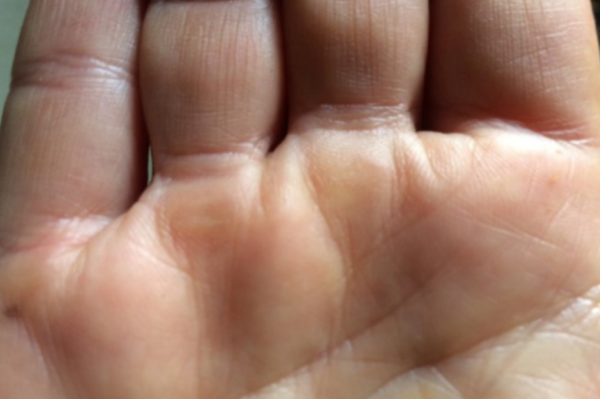
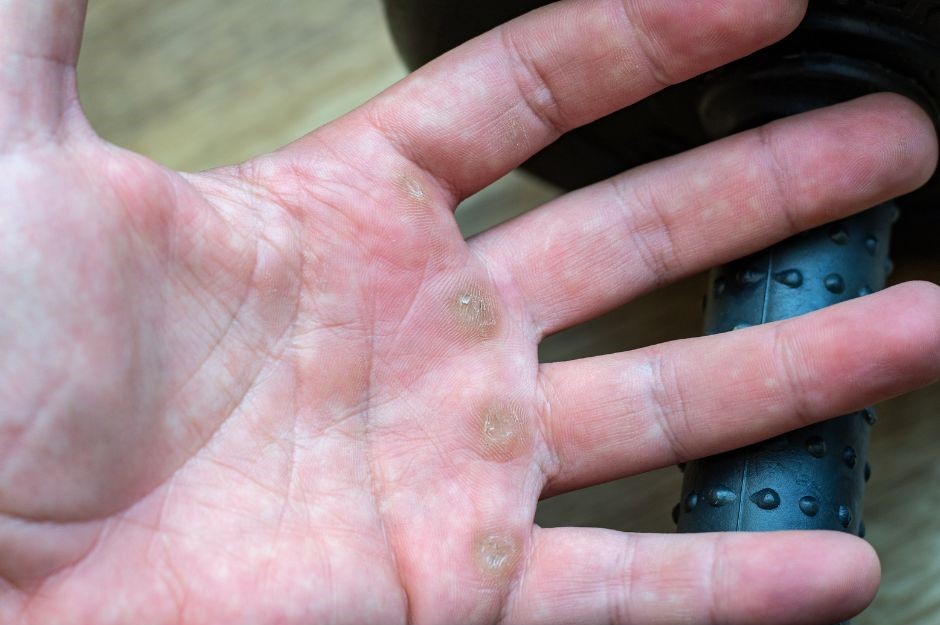
Maintained calluses vs. unmaintained calluses
Picture credit: nutritiousmovement.com
In Conclusion:
The body’s timeline of healing itself, is the timeline of healing itself- period. You cannot speed it up or slow it down, it is what it is. Just like the demands of the sport of gymnastics is what it is. We cannot change it. Now we can certainly help the process along with positive influences such as the items I’ve listed above, but we cannot speed up the healing timeline remarkably. We can, however, slow it down remarkably, if we don’t respect the natural healing process. So take preventative care measures and you’ll be just fine.
Disclosure: You should consult a doctor (MD/PA/Dermatologist) for medical advice if the rip displays any signs or symptoms of infection, you are running a fever, or the rip does not seem to be healing along the timeline appropriately.
Dr. Ezara Greene PT, DPT, NREMT, CIDN is a physical therapist based in the DMV area.